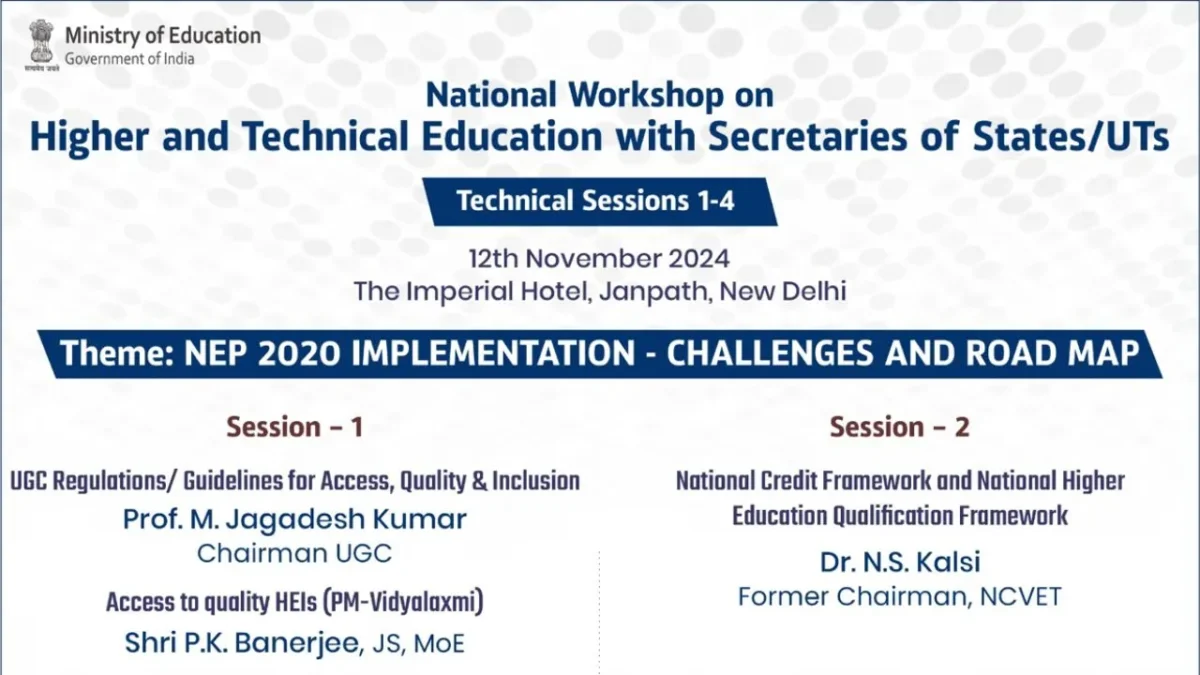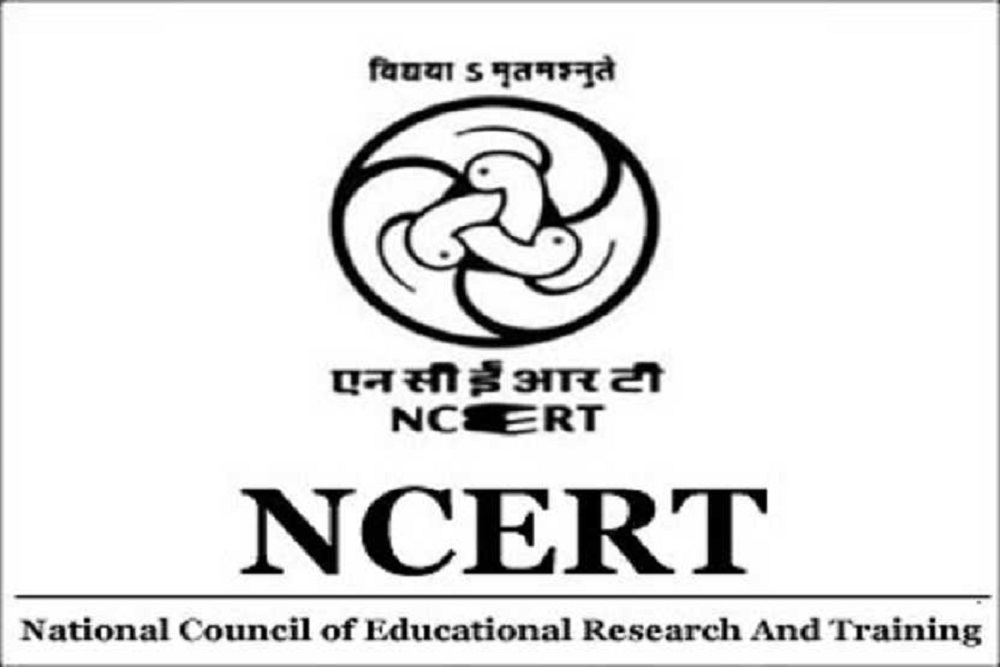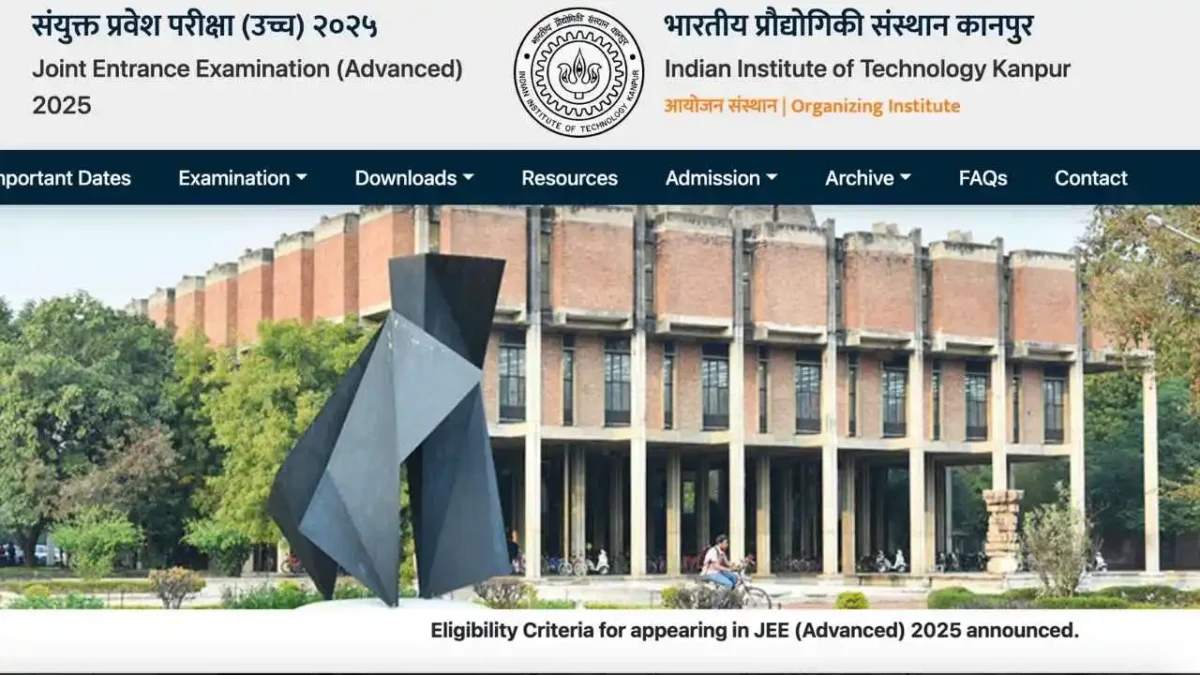Chandrayaan-3: ISRO successfully test-fired the CE-20 cryogenic engine
The ‘CE-20’ is an indigenous cryogenic engine developed by the Liquid Propulsion Systems Center of ISRO. It powers the top and third stages of LVM 3, India’s heaviest rocket.
Successful test of cryogenic engine
This test related to the Chandrayaan-3 mission was done at ISRO Propulsion Complex, Mahendragiri in Tamil Nadu. The heat test was carried out for a planned duration of 25 seconds at the High Altitude Test Facility.
All the parameters were found to be satisfactory during the test and closely matched the predictions. In addition, the cryogenic engine will be integrated with propellant tanks, stage structures and associated fluid lines to form a fully integrated flight cryogenic stage.
How does a cryogenic engine work?
Liquid-fueled engines meant for flight are tested on the ground and then cleaned and assembled on a rocket. A cryogenic engine is powered by super-cooled gases, which are in liquid form.
The engine’s combustion chamber burns liquid hydrogen (at minus 253 °C) and liquid oxygen (at minus 183 °C). It is a very efficient fuel combination as compared to other fuels it provides more power per kilogram of fuel used. The hydrogen (fuel) and oxygen (oxidizer) combination is also an eco-friendly alternative, as opposed to gasoline fuel.
Responsibility for taking out of Earth’s orbit
In the initial part of the flight, the LVM-3 rocket’s first stage ‘S200’ and second stage ‘L110’ will lift the Chandrayaan-3 spacecraft off the ground and into space. Thereafter, CE-20 will be responsible for further accelerating the Chandrayaan-3 module into space and extracting it from ‘Earth orbit’.
Where the spacecraft revolves around the earth with variations in its distance from the earth. ISRO refers to the Chandrayaan-3 launch mission as LVM3-M4. This is the fourth operational launch of LVM3, which is India’s heaviest and largest rocket.
The chandrayaan-3 mission will be launched this year
The first operational launch of LVM3 was Chandrayaan-2 in 2019, when the rocket took off on its second operational and first commercial mission in October 2022, carrying 36 satellites for UK-based firm OneWeb.
LVM3-M3, the third operational launch of LVM3, will be carried out for OneWeb in March 2023, followed by Chandrayaan-3 in the second half of this year or early 2024.
The chandrayaan-3 flight will be the seventh launch mission of LVM3. The three-stage LVM3 rocket weighs approximately 650 tonnes at launch and the vehicle is powered by solid, liquid and cryogenic fuels, in that order. News sourced by PNBS
For the Latest Educational News (CBSE, ICSE, and State Board News) and live news updates, like us on Facebook or follow us on Twitter and Join our Premium Telegram Channel. Read more on Latest Exams & Results News on Shikshapress.com.







